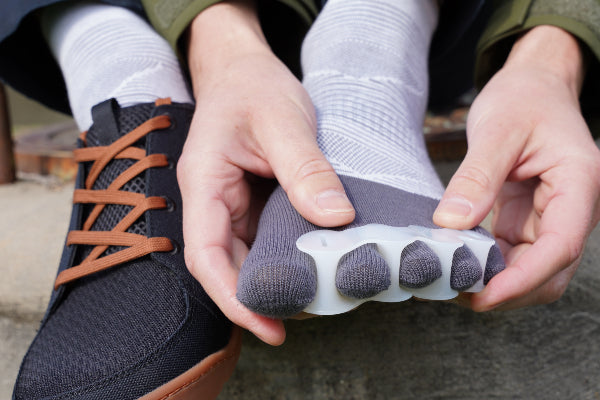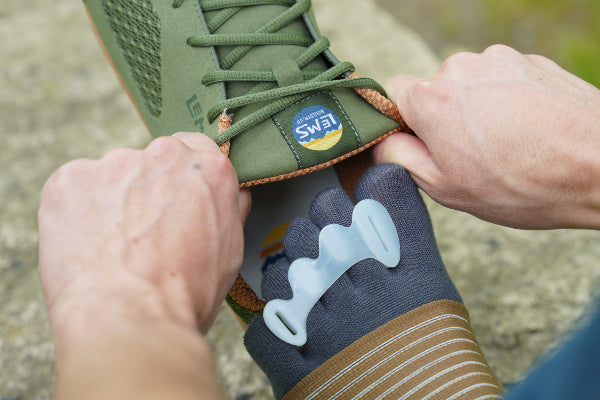Circulation & Your Feet

The human circulatory system is made up of a pump (the heart) and a delivery system (the blood vessels) for transporting blood throughout the body. The two types of circulation in the body are called systemic circulation and pulmonary circulation. Systemic circulation is responsible for bringing fresh, oxygen-rich blood to all the body’s tissues and organs, while pulmonary circulation is responsible for carrying oxygen-depleted blood from the... Read more










